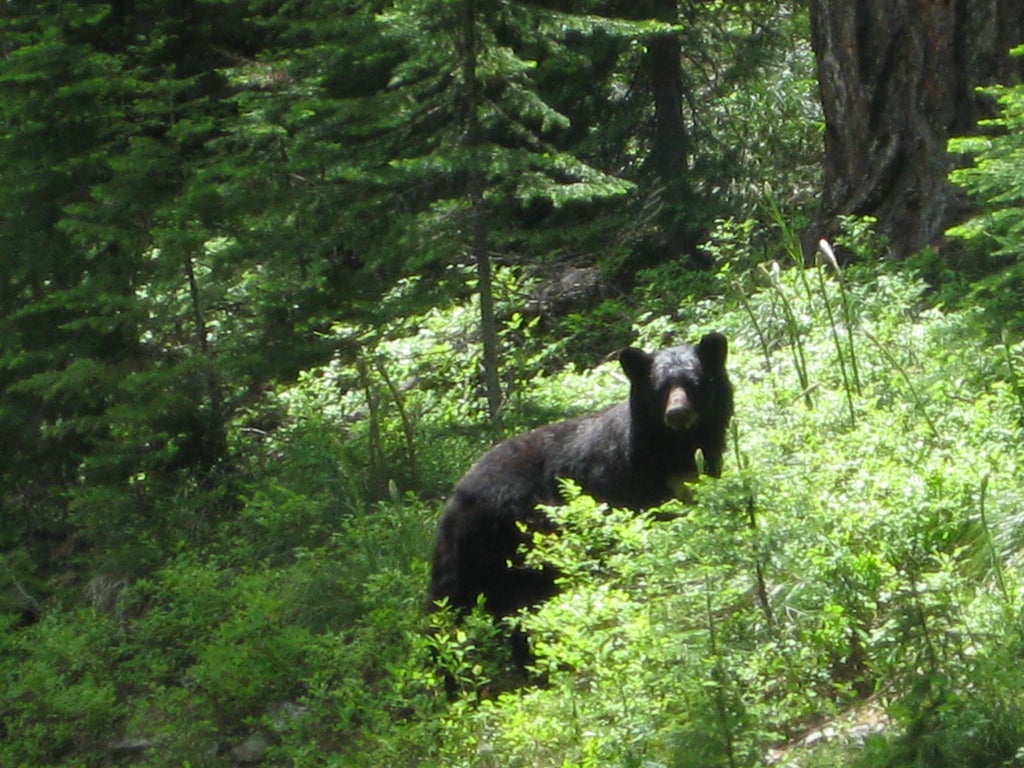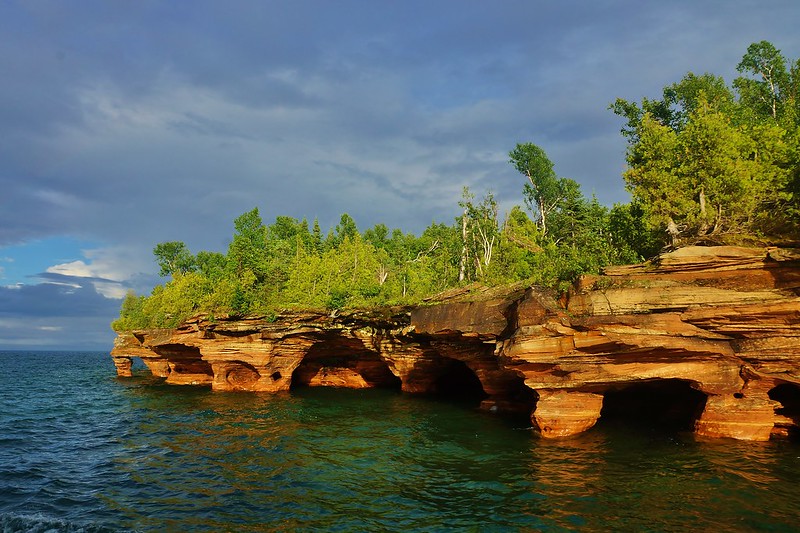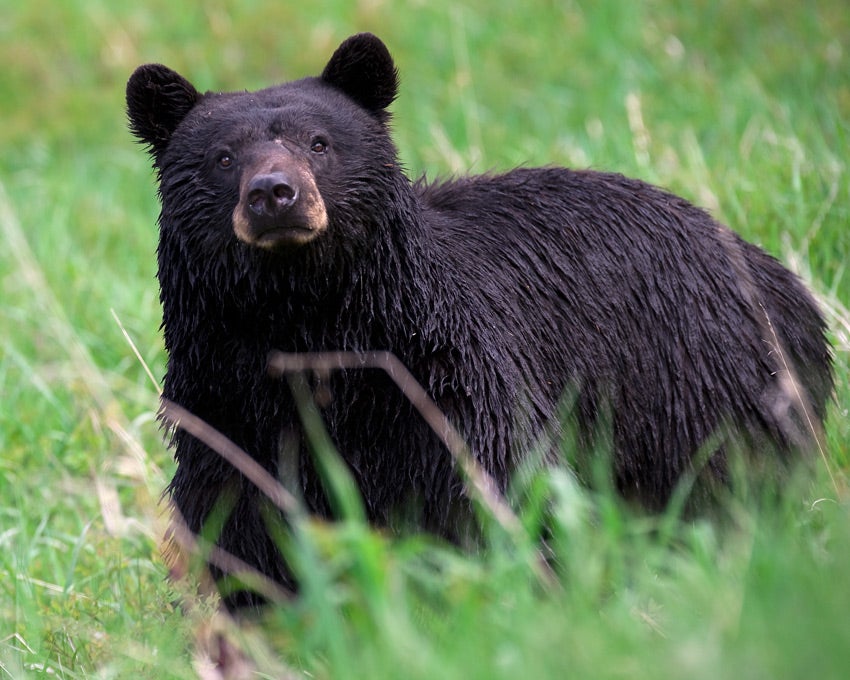Stockton Island, situated in Lake Superior’s Apostle Islands, no longer holds the title of most black bear bruins per square mile in the country.
For years, Stockton Island held the title; now, it goes to nearby Oak Island. Apostle’s Superintendent Bob Krumanaker says change is a fact of life in bear country.
“We’re not terribly concerned about that. They swim. They move around. But the population has gone up on Sand Island. That confirms some anecdotal things we’ve noticed, which is [that] we’re having fewer problems with bears on Stockton and more on Oak and Sand.”
Stay informed on the latest news
Sign up for WPR’s email newsletter.
Oak Island has 14 bears, and they’re all related. DNA tests show one papa bear, three mama bears and 10 cubs. Krumanaker says they know this without having to do risky head counts.
“We don’t have to touch the bears at all. We simply put a few strands of barbed wire around and a few attractive things that bears like to smell nearby and the bears will run on the tree and leave their hair behind.”
Fish oil and licorice-scented anise oil attract the bears.
They send the hair off to a lab; the results tell the scientists the number of bears and their gender. The hair can also tell other interesting stories, including this case of sow wanderlust: The female in question was born on Sand Island, lived on Basswood Island, mated on Oak Island and then gave birth to two cubs on Hermit Island.
Wisconsin Public Radio, © Copyright 2024, Board of Regents of the University of Wisconsin System and Wisconsin Educational Communications Board.



